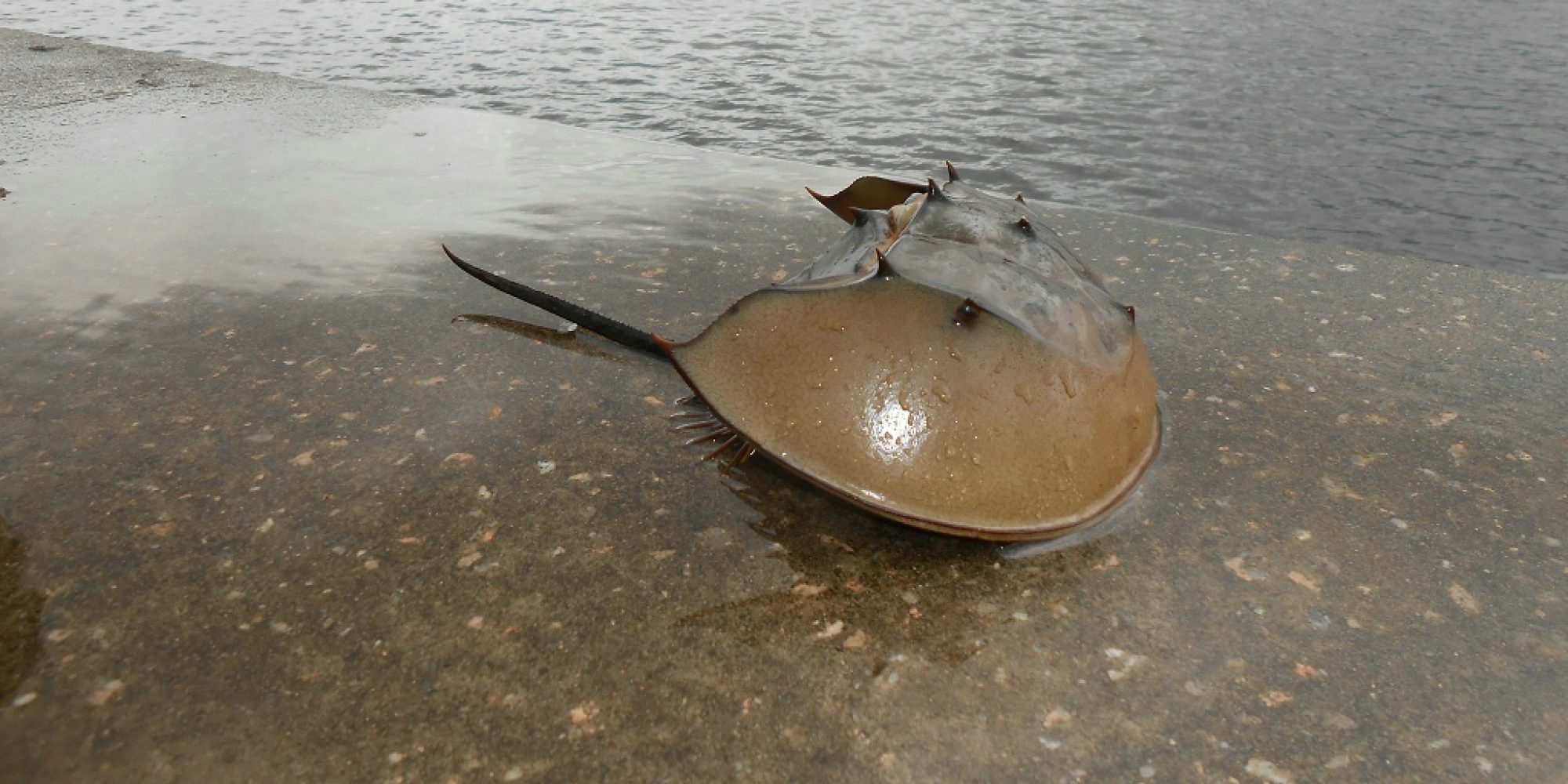Horseshoe crabs are considered as living fossils, as they appeared on Earth even earlier than dinosaurs. Their body plans did not have a significant change over the course of 400 million years since their origin. Fossils of horseshoe crabs dating to over 400 million years old look almost identical to the extant horseshoe crab species.
Horseshoe crabs emerged in the Paleozoic Era (541 – 251 million years ago) where the relatives of horseshoe crabs – trilobites were commonly found. Following a mass extinction event, Mesozoic Era (251 – 66 million years ago) began where dinosaurs dominated the landscape. The Mesozoic Era ended with another major extinction event caused by an asteroid impact. The Cenozoic Era (66 million years ago – present) is the current geological eras following the Mesozoic Era. Horseshoe crabs survived the two mass extinction events and has remained since the mid-Paleozoic Era.

